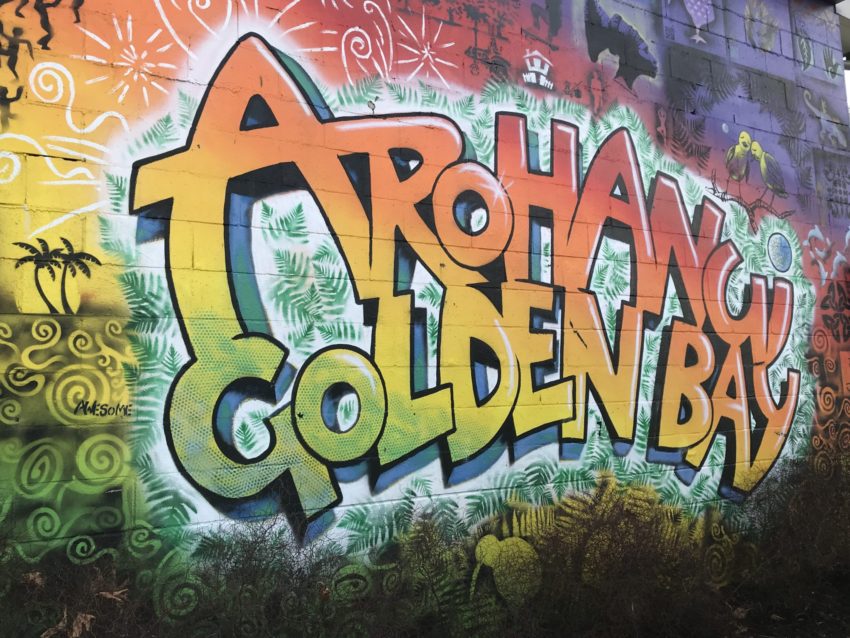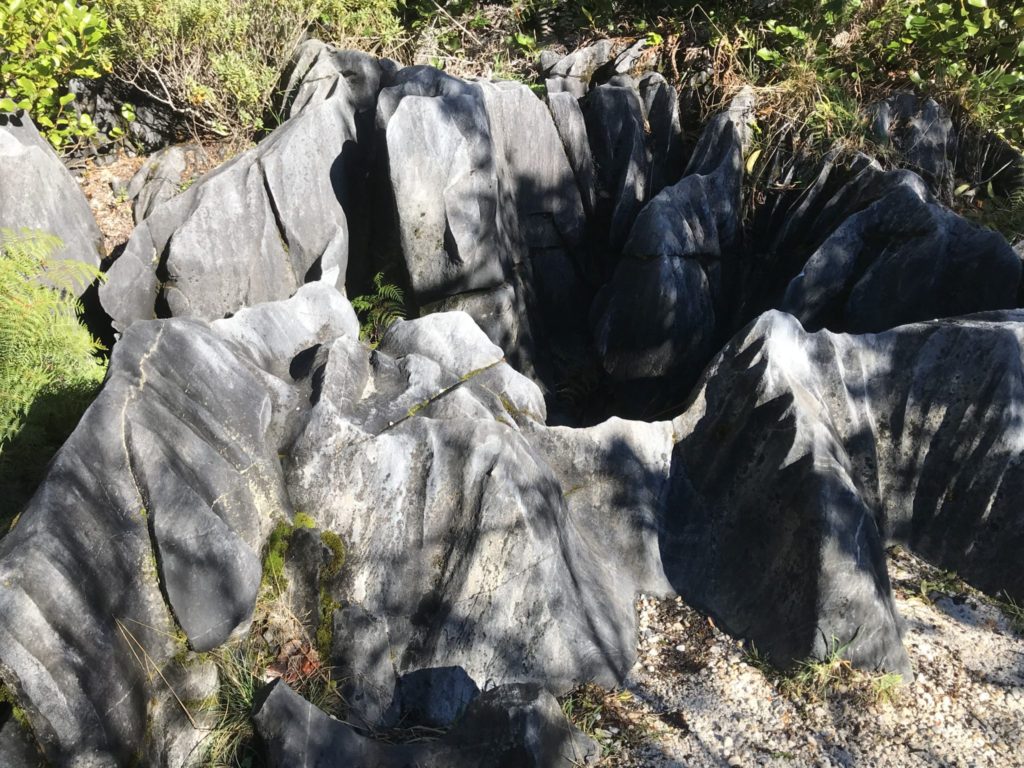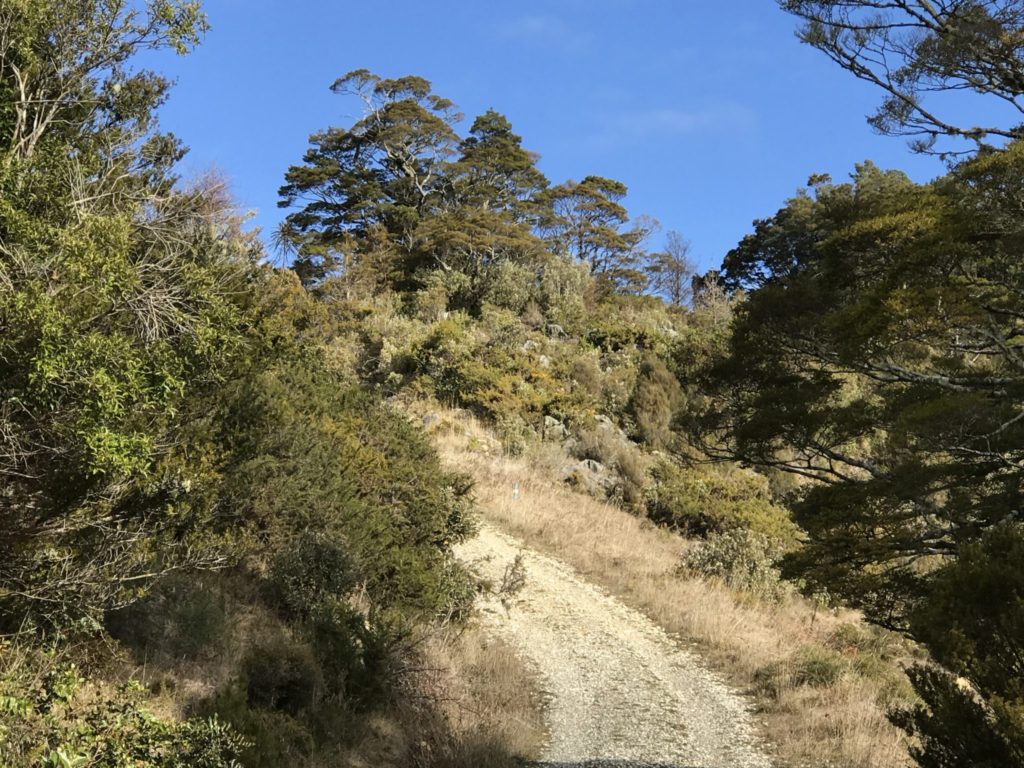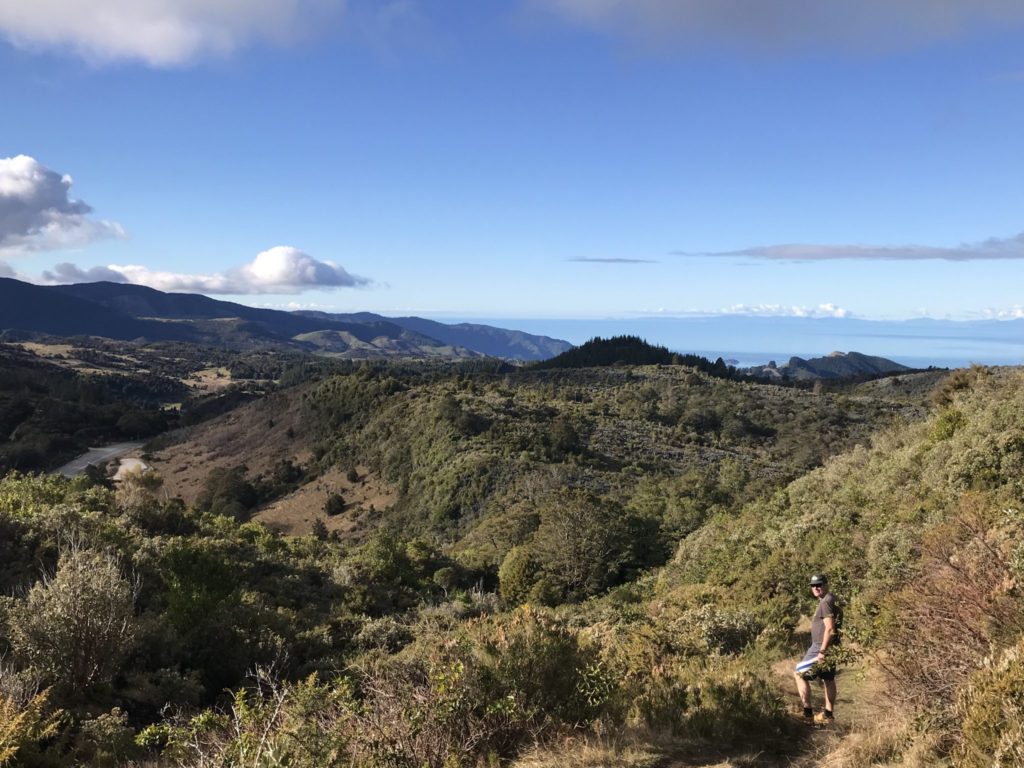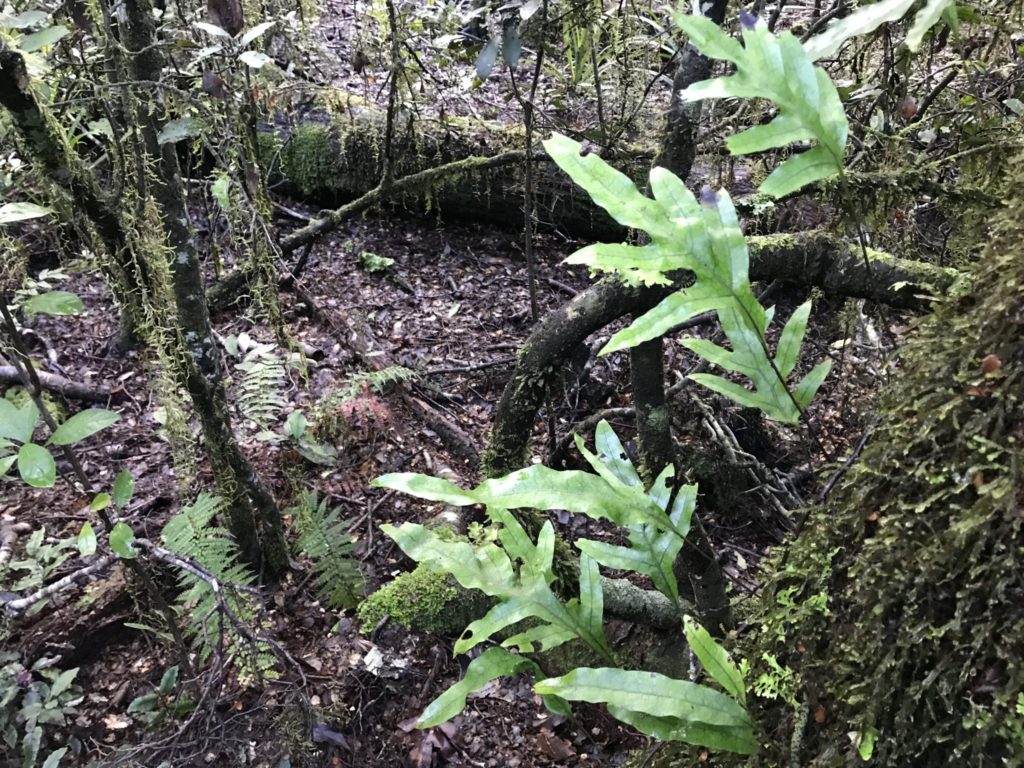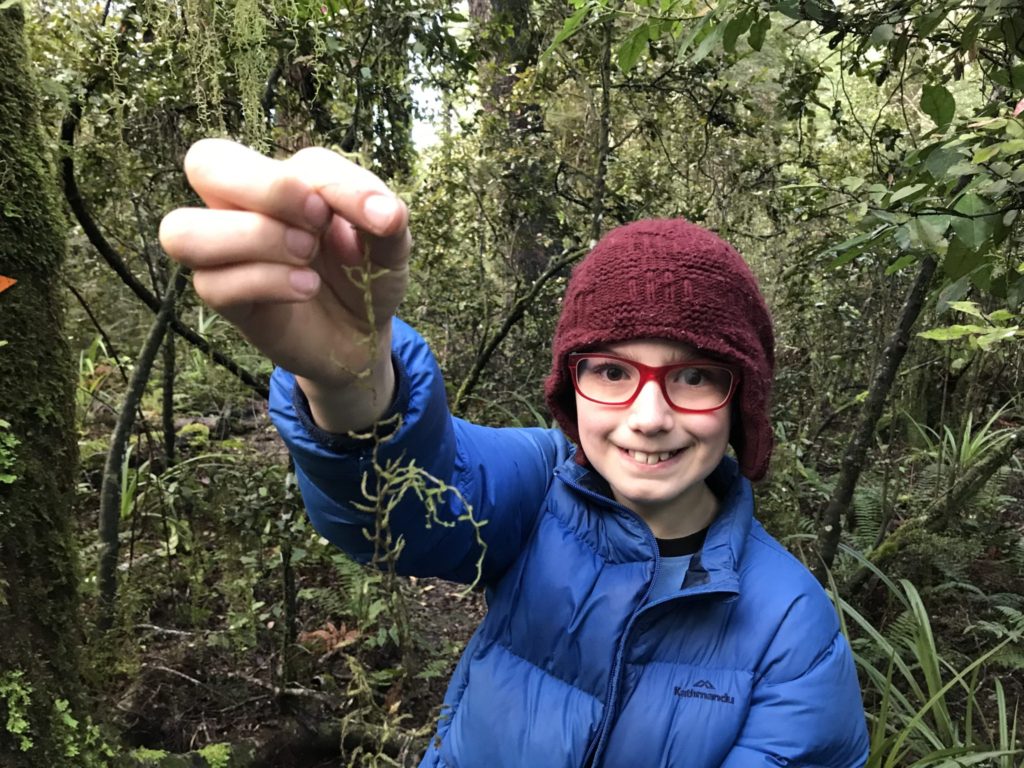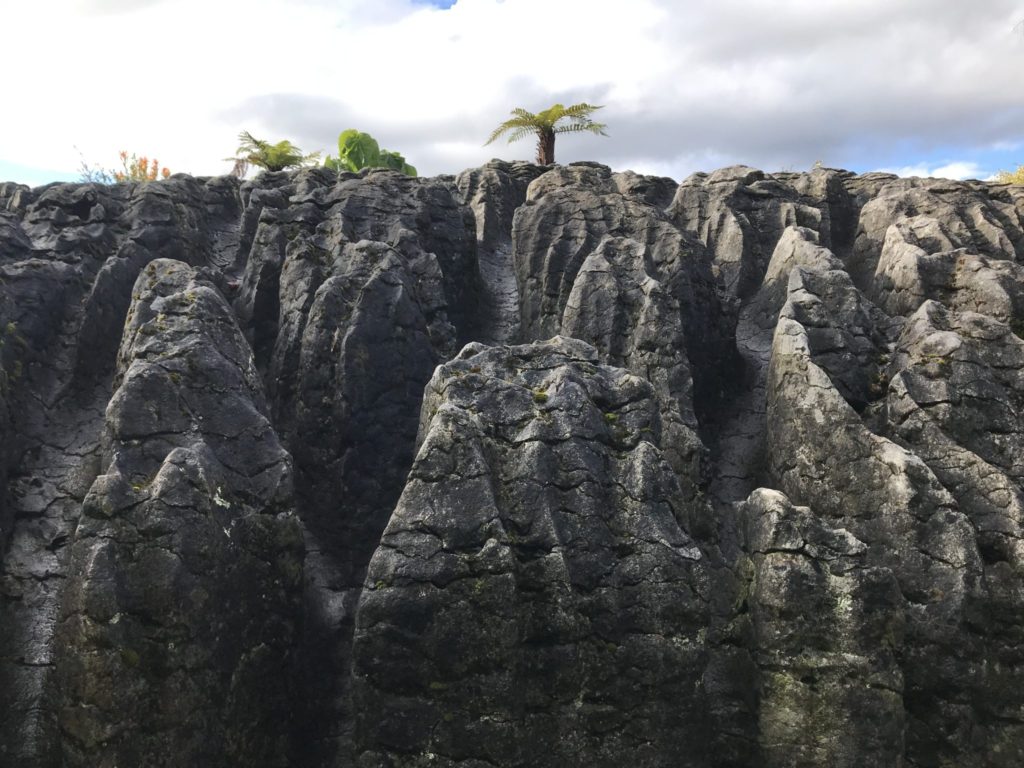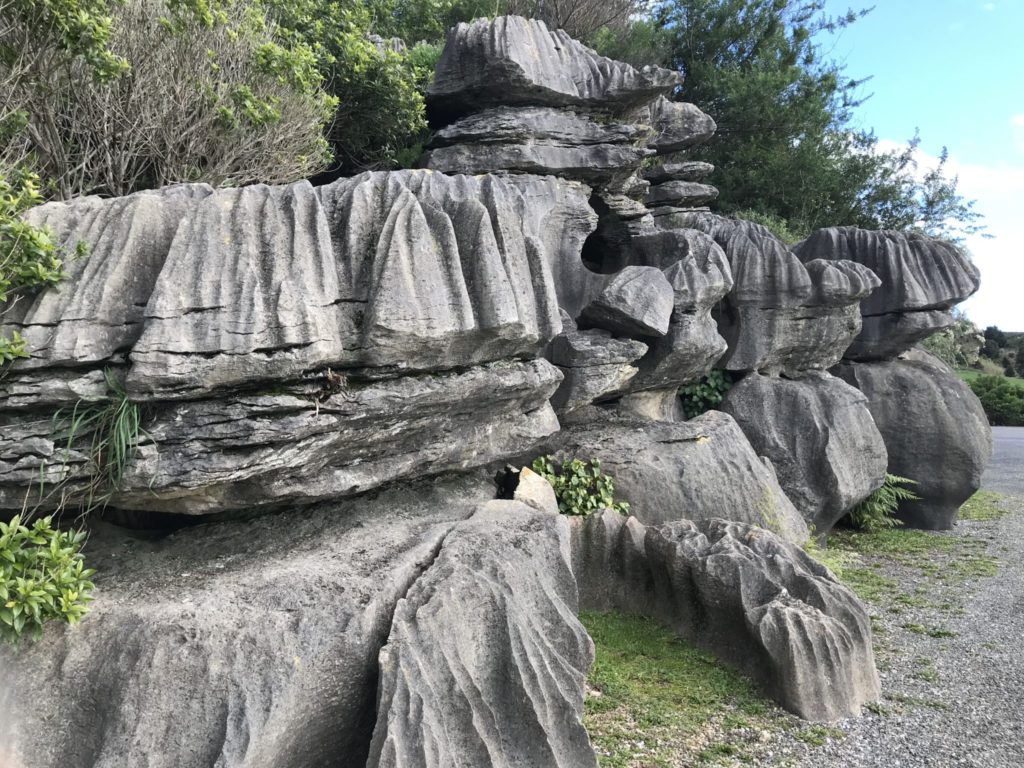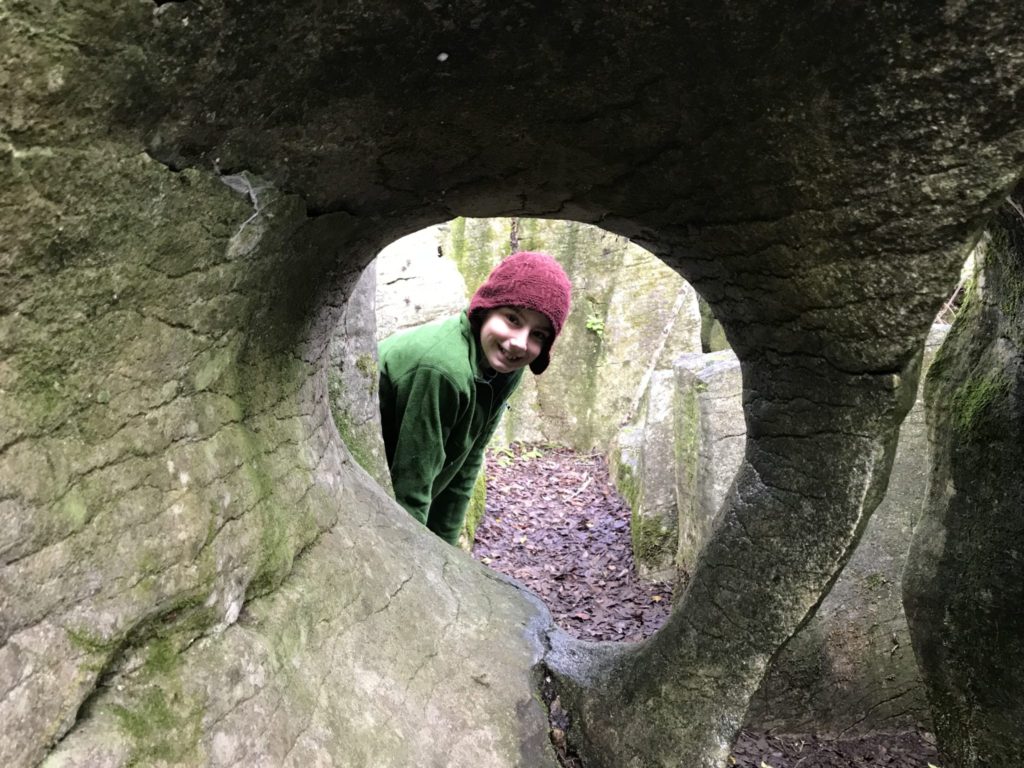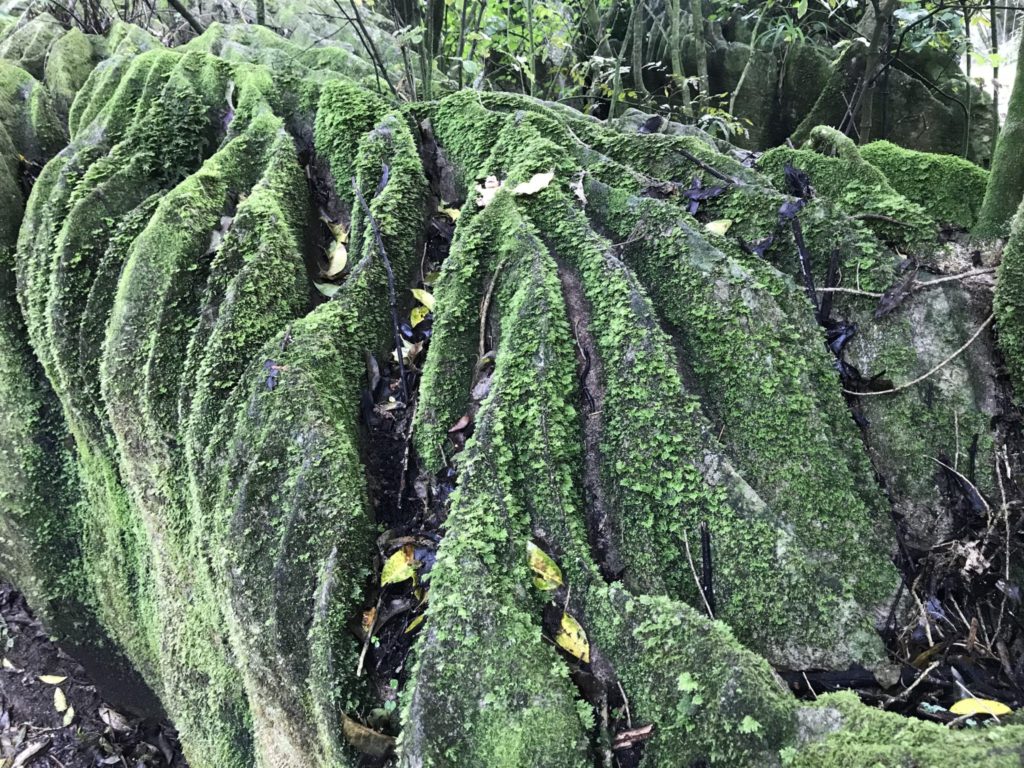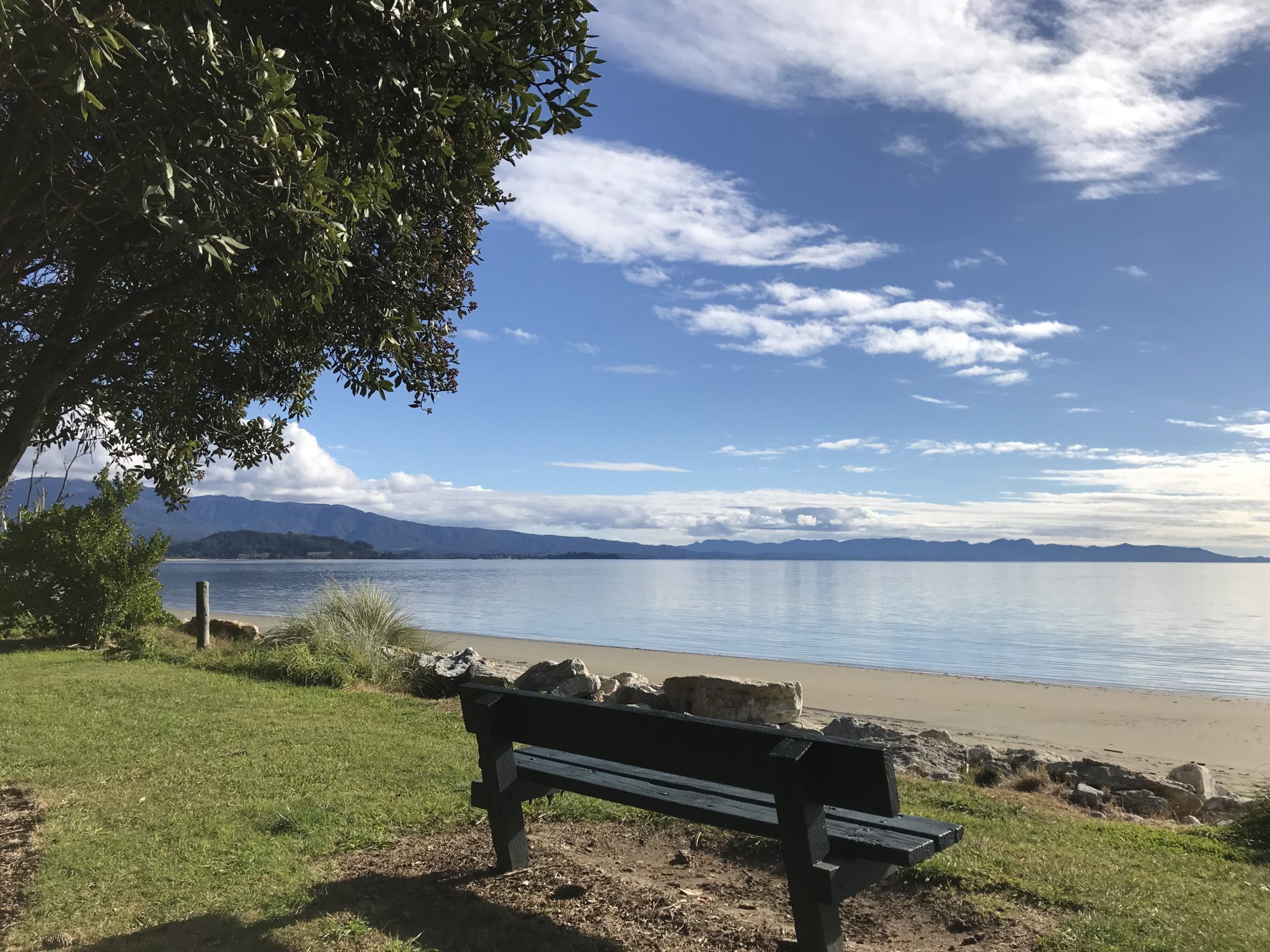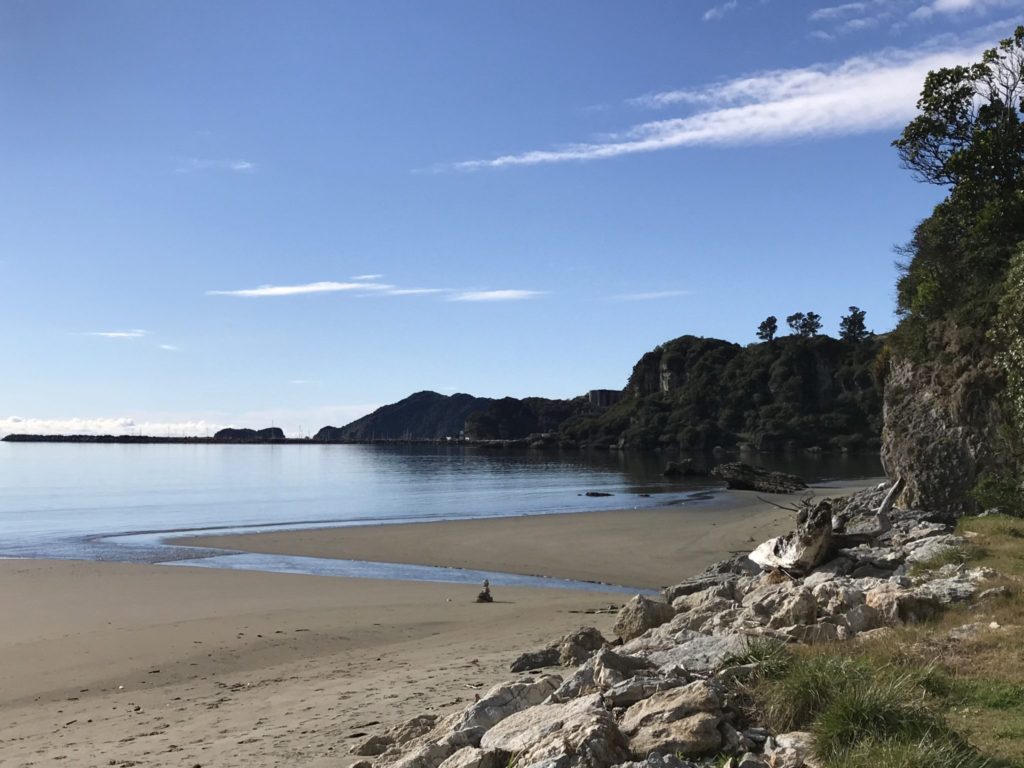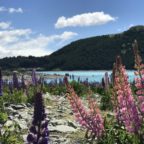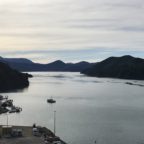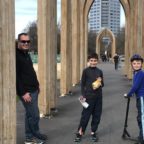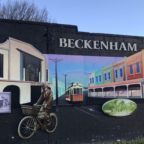Our time in Golden Bay was such a pleasant surprise and despite the cold, wintry weather you might expect from August in the South Island of New Zealand, we had several sun-shine, fun-filled days there with plenty to do.
Takaka is the main business centre for Golden Bay. Founded in 1854, it now has a flourishing arts and crafts community. There is also a wide range of accommodation, a good selection of restaurants and cafés, as well as a library and playground.
Some shops are closed in winter, usually re-opening in September.
In this post I’ll detail five of the best things we did in Takaka during our stay.
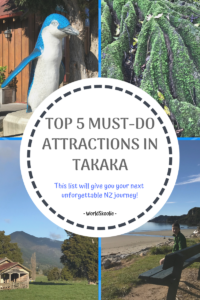
Getting to Takaka
The hills between Motueka and Takaka to the west are substantial and had road works still in place as they continue work to repair the slips left in the wake of Cyclone Gita in 2018.
Our bus motorhome managed it well with just one short heating stop before the top but, just for the magnificent views that open up from the top on both sides, it was totally worth the extra wait.
If you have time for just two stops on the way over from Motueka to Takaka make them the Hawkes Lookout and the Takaka Hill Walkway.

1. Hawkes Lookout
This stop isn’t marked on the tourist maps you pick up at the info centre but we were told about it by locals and it was signposted from the road. It provided one of the best views I’ve seen in years.
There was a spacious car park and a short, easy, half km or so walk of no more than 15 minutes. It led through beech heavy bush littered with grey rock karst features. It’s also sometimes called ‘Marble Hill’.
On entering the canopy along the track, the choir of native birds was magnificent, likely the best vocal performance I’ve had to date!
Spotting the performers was trickier but they swept through the branches intermittently, showing their beautiful plumage as they went.
The day we visited the lookout was clear and bright and the walk led to decked area perched high over the cliff. It provided us with a spectacular, wide view down the Riwaka Valley where you could see the settlements of Nelson, Richmond, Mapua and Motueka.
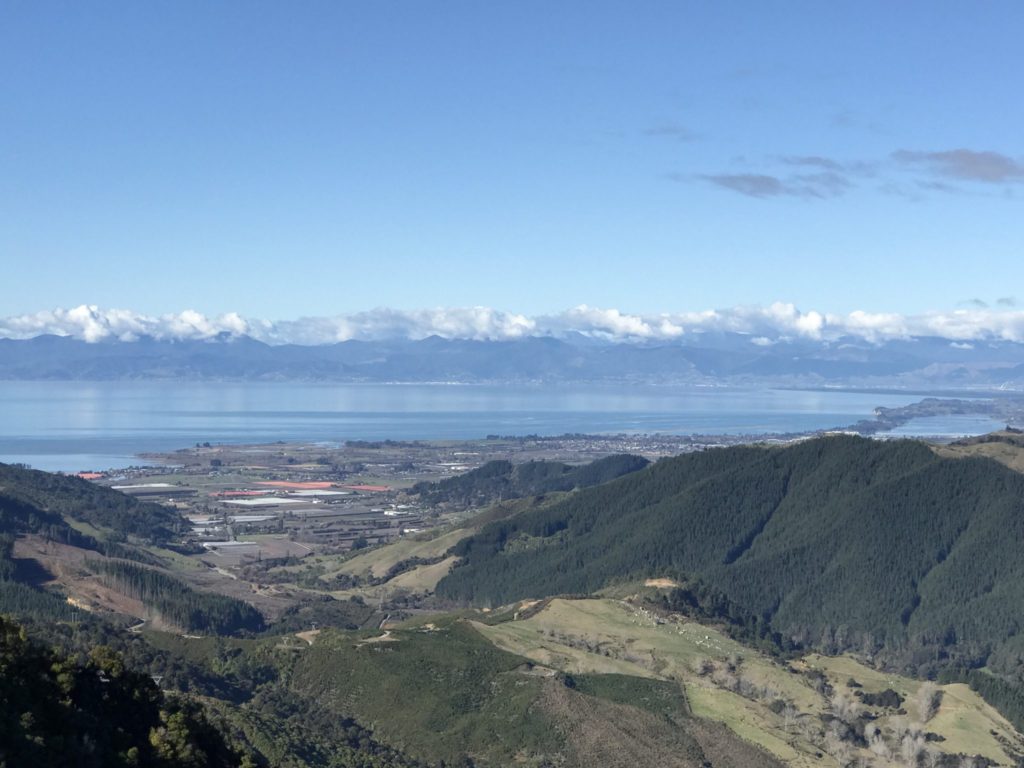
Just over the top of Takaka Hill was a short track to Harwood’s Lookout, which was marked on the tourist map.
A sad disappointment, it led to a small deck and view to the west that was largely obscured by bush.
However, the views coming down the hill into Takaka were stunning with snow-capped mountains everywhere! (It was July.)
2. Takaka Hill Walkway
Takaka Hill Walkway is a loop walk at the top of Takaka Hill that passes through excellent examples of karst landscape, with intriguing marble rock formations, sub-alpine scrub and beech forest, along with superb views of Takaka Valley and Kahurangi National Park.
*Stay on the marked tracks as there are several concealed sinkholes, common in karst landscapes, which are deep and not easily seen. Take your own water.
There are track options through this karst, scrub and beech forest area that range from 3 to 5 km, meaning you need to budget anything from 1 to 3 hours.
We picked to start with the shorter version and see how we felt as we climbed.
Mostly uphill to start with, the track flattens out into scrubby, grey rock-littered countryside. The well-marked path meanders towards the radio tower at the 950m high point.
We walked until we could see the track zig-zag off into the distance and lead further up the hill and here decided to take the bush walk track back to the car park.
It was a real bush track alright!
Narrow, quite overgrown and in places bridges were washed out but if you want something off the beaten track, something mossy and different, take this route. It’s no good for bikes, prams etc. though as there are roots, streams and fallen logs to navigate.
A highlight for us was finding a Powelliphanta snail shell. They litter this landscape if you know where to look (under the scrub in shaded places. )
We’d been to the ‘Bugs’ exhibition in Wellington some weeks before and seen a carnivorous Powelliphanta snail in action – watch here to see what they can do – they’re outrageous!
So when we saw on the Takaka Hill Walkway information board that Powelliphanta are commonly found here, it became our mission to find one.
And we did!
On the way back down we found several shells – large, brown and shiny spirals – evidence of wormy murder on the mountain!

3. Te Waikoropupū Springs
Not far from Takaka (about 5kms), a windy road leads to a spacious car park and a substantial information shelter providing a gateway to NZ’s beautiful Pupu Springs.
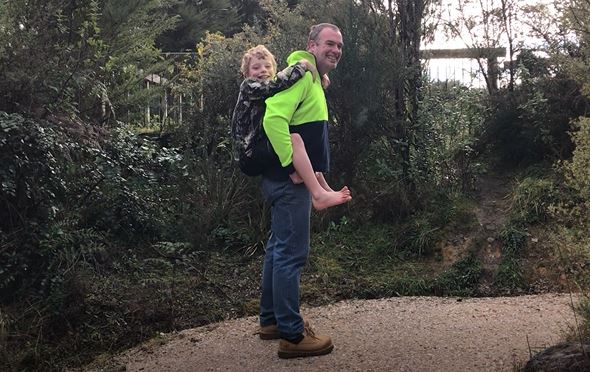
They the largest cold water springs in the Southern Hemisphere and NZ’s largest freshwater springs, boasting some of the clearest water on earth.
The pathway forks near the start of the track and you can follow, either way, one slightly longer than the other, however, the loop takes no more than half an hour unless you stop longer to ponder, which could be easy in this beautiful spot.
At the main viewing platform, partway along the tea tree heavy track, you can see the water upswelling where an estimated 14 000 litres of water per second is discharged into the lake.
The water is so clear! And where the sandy bottom can be seen, it appears turquoise blue. Just stunning.

NIWA has measured its clarity at 63m+, reputed only to be outdone by Nelson Lake’s Blue Lake in New Zealand and Antarctica’s near-frozen Weddell Sea. The theoretical maximum for distilled water is 83m.
While in the past a range of recreation took place here including diving and swimming, the waters of Te Waikoropupū Springs, including Fish Creek and Springs River have been closed to all forms of contact since 2007, which includes fishing, swimming, diving, wading, boating and the filling of drinking water containers, or any other activity where parts of the body or equipment contact the water.
The habitat sustains a wide range of organisms including some sea like ones, most likely explained by the water’s salt level content.
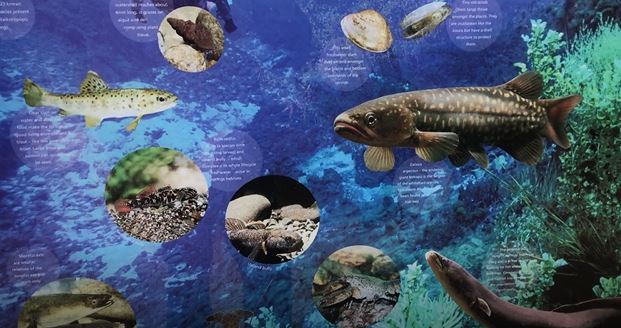
4. Labyrinth Rocks
Takaka is known for its limestone rock formations and this 2-hectare block of land is an outstanding example of karst features.
An English geologist named Dave Whittaker pioneered a network of pathways through this rock-rich area making it a fun, educational place for people to visit.
Today it’s run by ‘Friends of Labyrinth Rocks’ and the local council. Entry is free but donations are gratefully accepted to support ongoing improvements.
There’s a fold-out map at the entrance you can use while there then recycle for others. It shows you routes to a range of points of interest inside the labyrinth such as ‘The Maze, Troll Bridge, Octopus Alley, Kissing Pigs, Indian Face, Snake Pit and The Water Slide.’
You can easily spend an hour and a half in this a-maze-ing place. We visited in winter and it wasn’t very muddy as there’s leaf litter covering the ground everywhere.
There’s also the added bonus of searching for small toys along the way. We spotted 117 of them but I’m sure there are more.
5. Abel Tasman Monument & Beaches
This monument acknowledges the first and only visit by Dutch explorer Abel Tasman to Golden Bay in 1642.
An easy five-minute walking track leads to a viewing platform and the monument which stands on a limestone outcrop above the sea between Pohara Beach and Ligar Bay, providing a scenic panorama of the coast.
It is situated beside the main road, in an outlying section of Abel Tasman National Park, just beyond Port Tarakohe on the road to Totaranui.
Look for the car park and signpost a short distance past the Tarakohe boat harbour, where the short well-maintained track leads to the monument.
Dogs are not allowed in Abel Tasman National Park.
The beaches and bays in this area are beautiful and there are reserves and facilities along the way making stopping easy. We spent time on the bench seat below talking while our boys dug holes and wrote sand messages in the sunshine.
A delightful way to pass time.
Places we didn’t visit this time but you probably should…
Anatoki Salmon – Situated on the banks of the Anatoki River between Kahurangi and Abel Tasman National Park, you can catch your very own premium Chinook salmon then have it smoked ready to eat in the cafe, or take it away fresh.
You borrow fishing rods for free but pay for what you catch by weight. No catch and release. They give you pellets to throw into the water to attract the fish so you’re almost assured a catch.
Open 10-4 pm, 7 days a week, year-round.
Wainui Falls – A short walk through lush native bush leads to these cascading falls – the largest and most accessible falls in Golden Bay. There’s also a long swing bridge to enjoy.
Ngarua Caves – Take a guided walk through these extensive caves with an impressive variety of stalagmites and stalactites plus an excellent skeletal display of extinct moa.
Located in the Takaka Hill range, open daily throughout summer offering guided cave tours hourly from 10 am-4 pm. Bookings essential in the winter months (June-Sept). Phone: +64 3 528 8093
Price per adult is $20, for children 5-15yrs it’s $8 and under 5s are free.
Take your own picnic or grab something in the onsite cafe. We’ve done this tour before and found it to be interesting and worthwhile for all ages.
Feel free to comment below about your favourite things to do in Takaka/ Golden Bay.
Please share or pin this post.
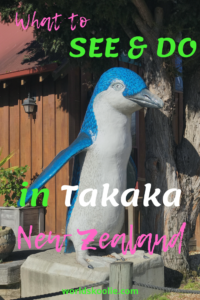
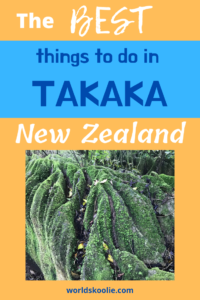

Thanks!

Meagan

